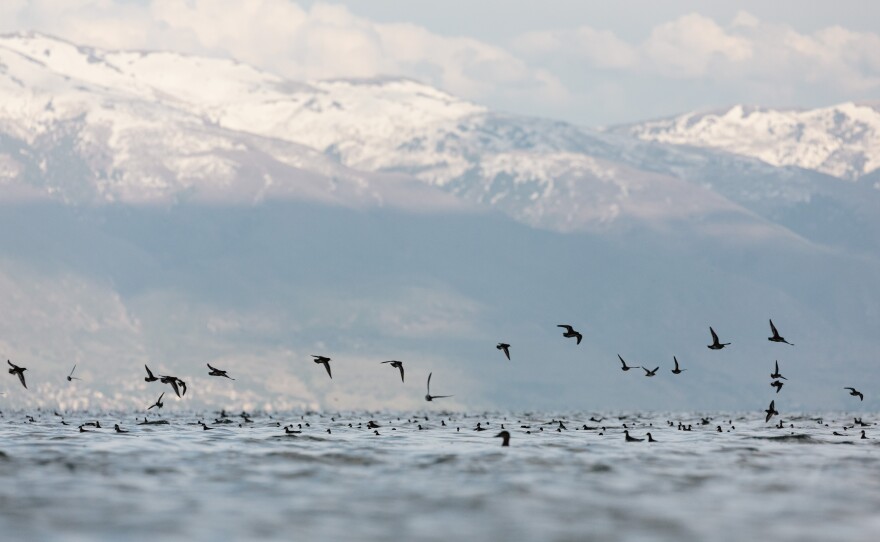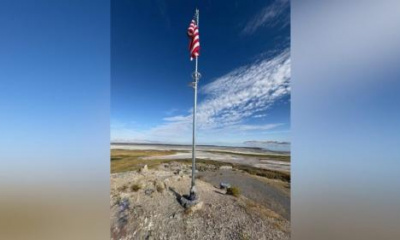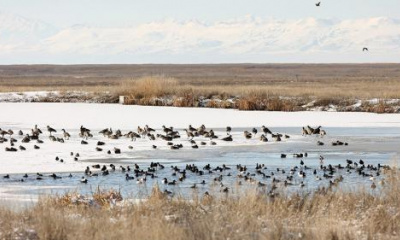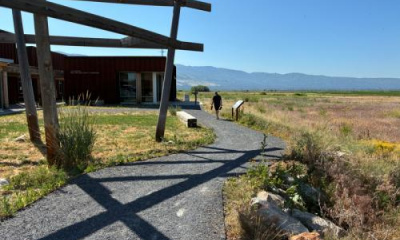Utah is home to a number of water bodies that serve as endpoints or stopover sites for migratory shorebirds on their long seasonal journeys.
Three decades ago, biologists conducted shorebird surveys across the intermountain west to better understand how many birds, and what species, were using these water bodies. Recently there has been a push to bring back these surveys and update shorebird population counts in the region.
A number of organizations including Sageland Collaborative, Utah Division of Wildlife Resources, Point Blue Conservation, Tracy Aviary, the US Fish and Wildlife Services and the National Audubon Society have partnered together to make this happen.
Sierra Hastings is Sageland Collaborative’s communications and development specialist.
“I think the really cool thing about this project is that from Sageland’s perspective, it is a way for community scientists to get involved and to make a difference for these, for these birds who really rely on the habitat of these wetlands here in Utah,” explained Hastings.
The first of these surveys took place on August 12 of 2022, with mostly volunteer participants. Crews conducted surveys on foot, and from vehicles, airplanes and airboats, observing a total of 228,000 shorebirds on Great Salt Lake in just one day.
The second survey took place in late April across several days. A total of 84,128 shorebirds were counted across Great Salt Lake, Utah Lake, Amalga Barrens Sanctuary and Fish Springs National Wildlife Refuge, the most common species being the American avocet.
Hastings says it is still too early to know definitively, but it seems that current shorebird numbers are comparable to what they were 30 years ago.
“We were a bit worried because we have seen in the news that the Great Salt Lake is shrinking. So, we're not seeing a drastic drop off between those numbers from 30 years ago to what we're seeing today. We're still pretty median, which is great, because the lake is such an important habitat for our shorebirds. So, because the Great Salt Lake is such an important habitat for shorebirds, if it does continue to shrink and those Brine flies disappear then where do shorebirds go from there?"
Along with local ecosystem monitoring, Point Blue Conservation and National Audubon compile data from the intermountain states, in order to identify trends in shorebird migration.
The next Utah shorebird survey will take place Friday, August 11 and Sageland Collaborative is still looking for more volunteers.
If you are interested in birds and have some shorebird identification skills, you can sign up to volunteer with Sageland Collaborative for the next shorebird survey. Sageland Collaborative provides some resources for learning bird identification.









